Beef and Lamb Case Study: Leadership and Training Analysis
VerifiedAdded on 2022/08/11
|6
|768
|34
Case Study
AI Summary
This case study examines a scenario at the Beef and Lamb restaurant, focusing on the experiences of Barbara Hopper, a newly hired assistant manager. The analysis addresses the challenges Barbara faced due to a lack of proper training and mentorship from her manager, Smith Hamilton. The case study explores the impact of inadequate training programs and the importance of effective leadership in integrating new employees. It considers the responsibilities of both the individual and the organization in fostering a supportive learning environment. The solution emphasizes the need for structured training, guidance, and the value of experience-based learning. The case study highlights the importance of mentorship and how Barbara could have navigated the situation to gain valuable experience and knowledge from Smith Hamilton, despite initial challenges. This case study is a valuable resource for understanding leadership, training, and employee development within the hospitality industry.
1 out of 6
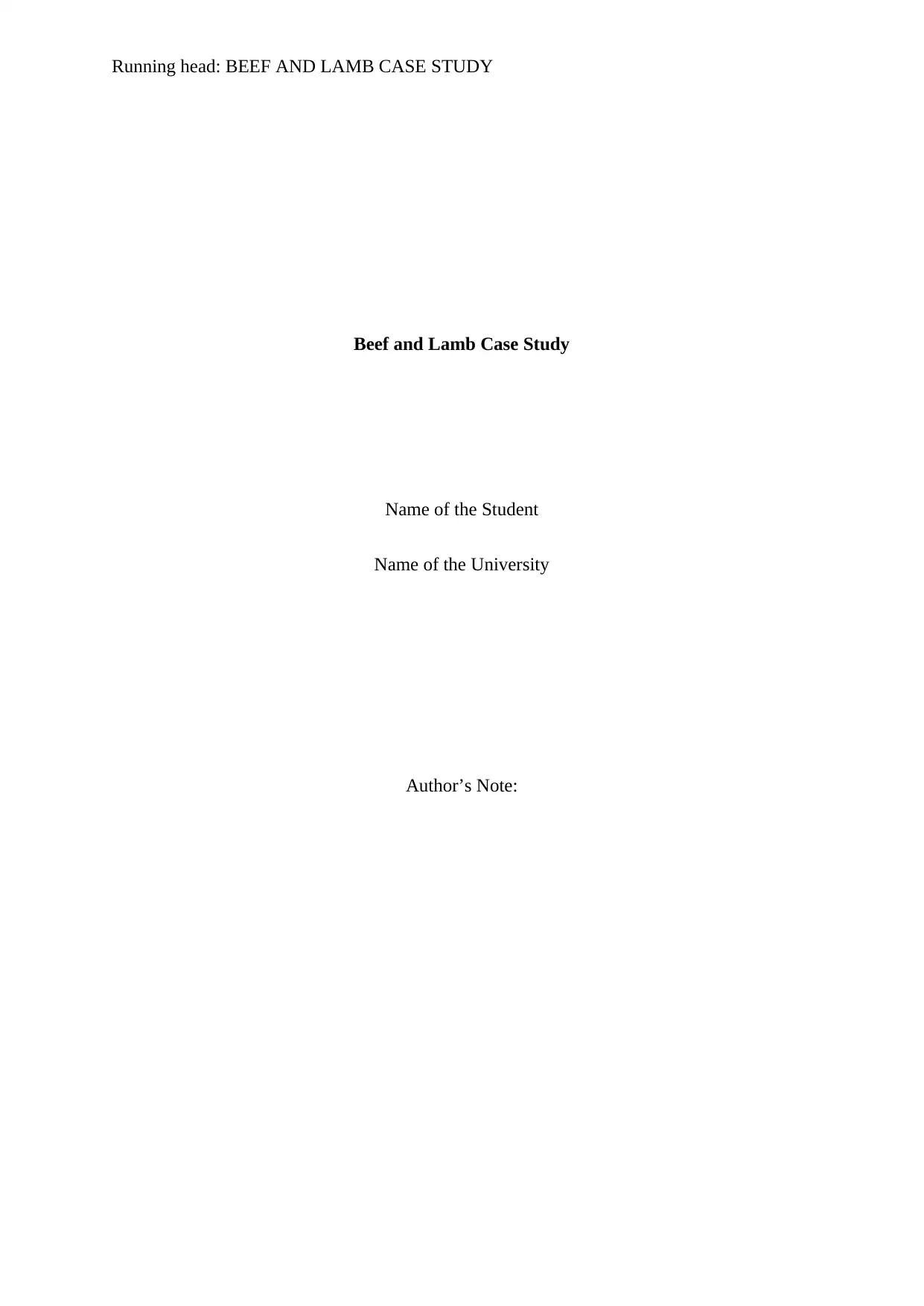
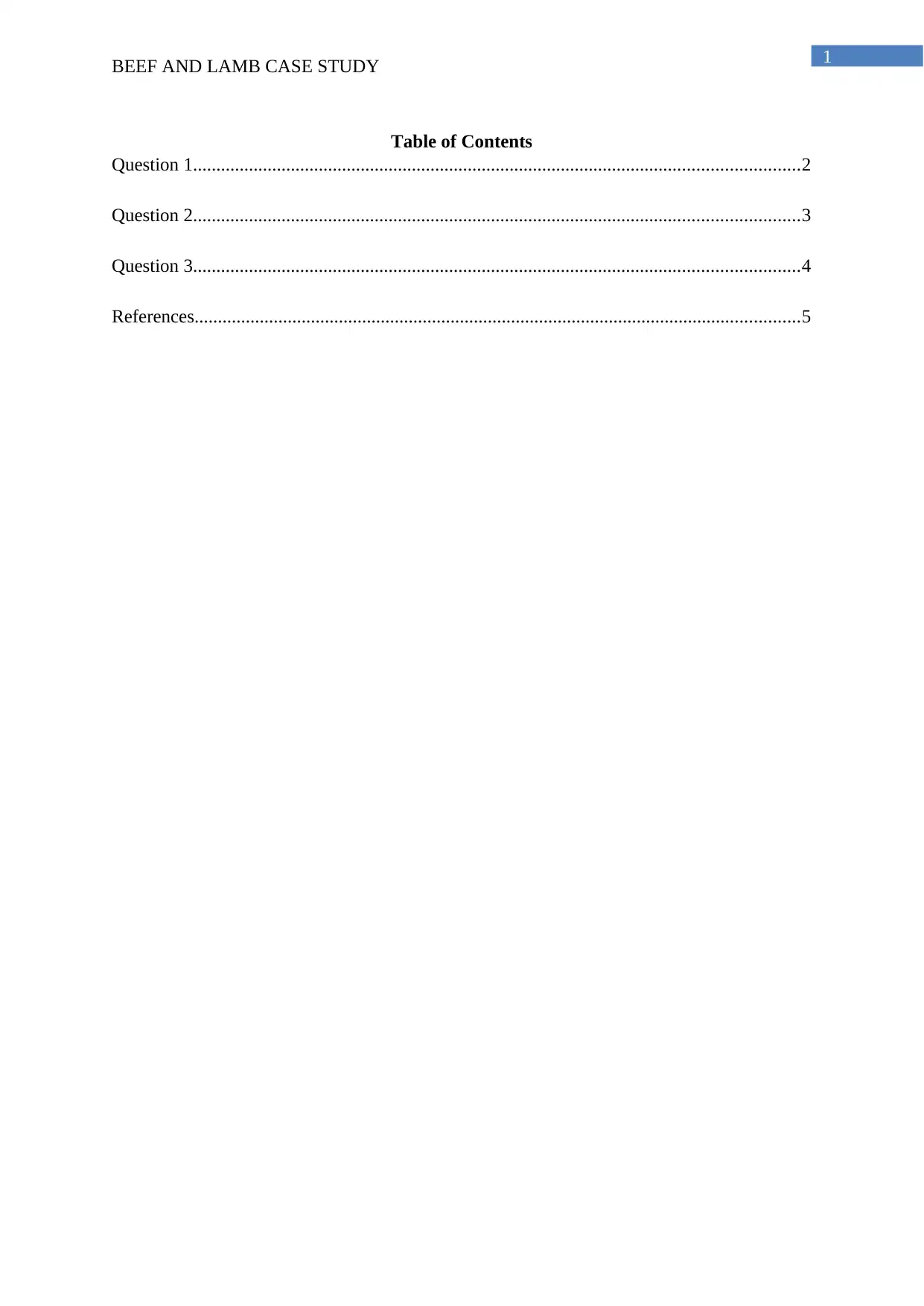
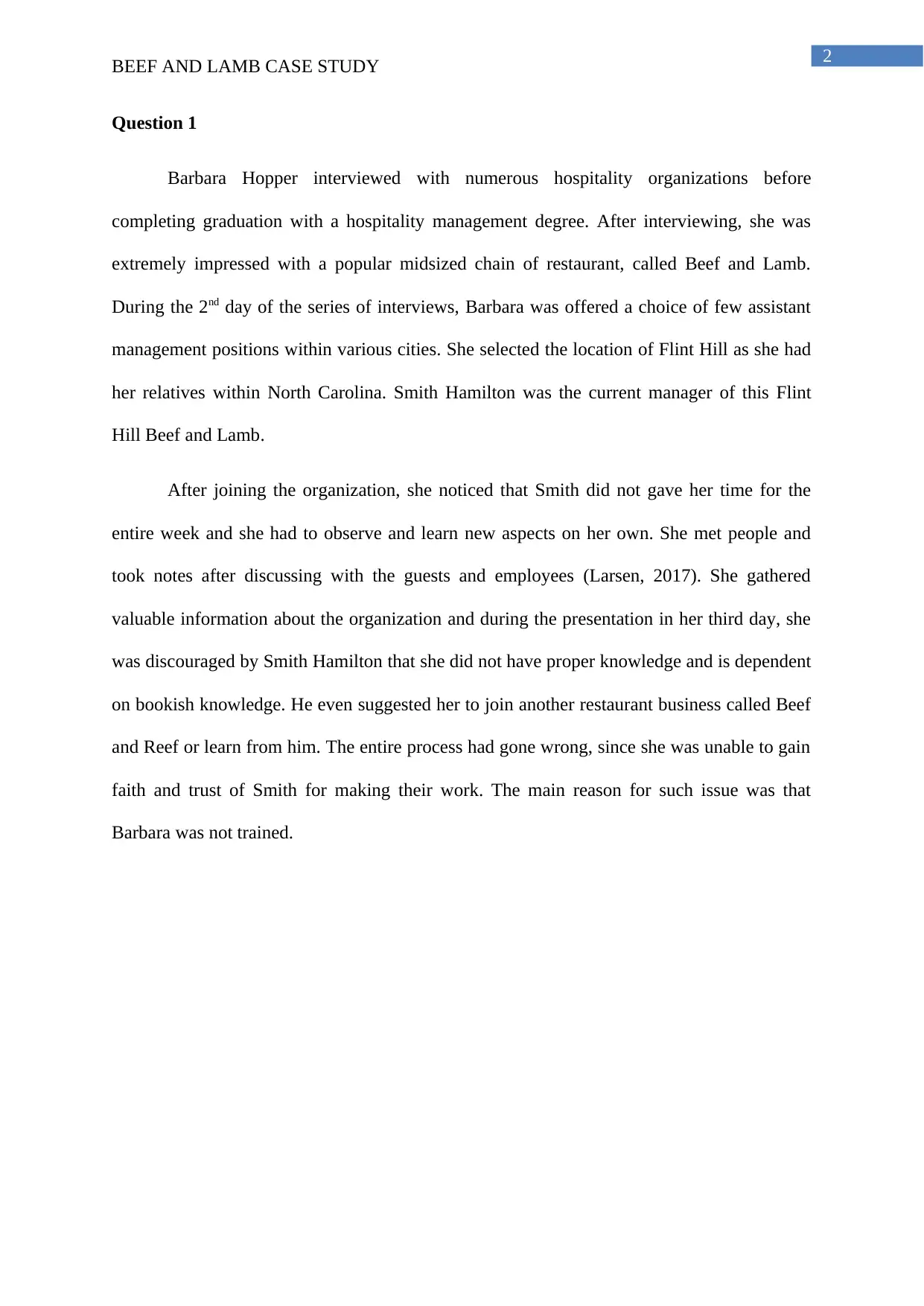

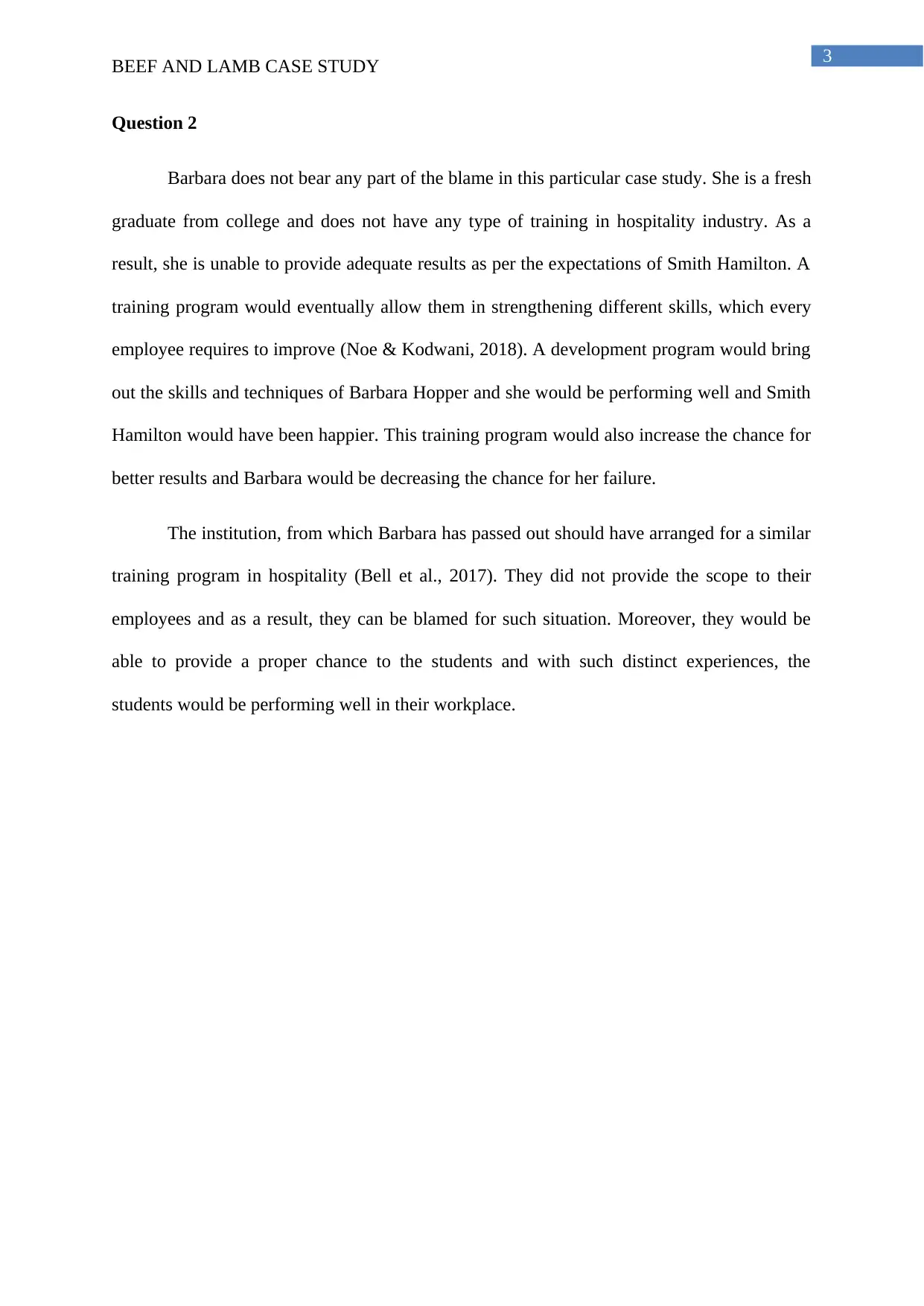
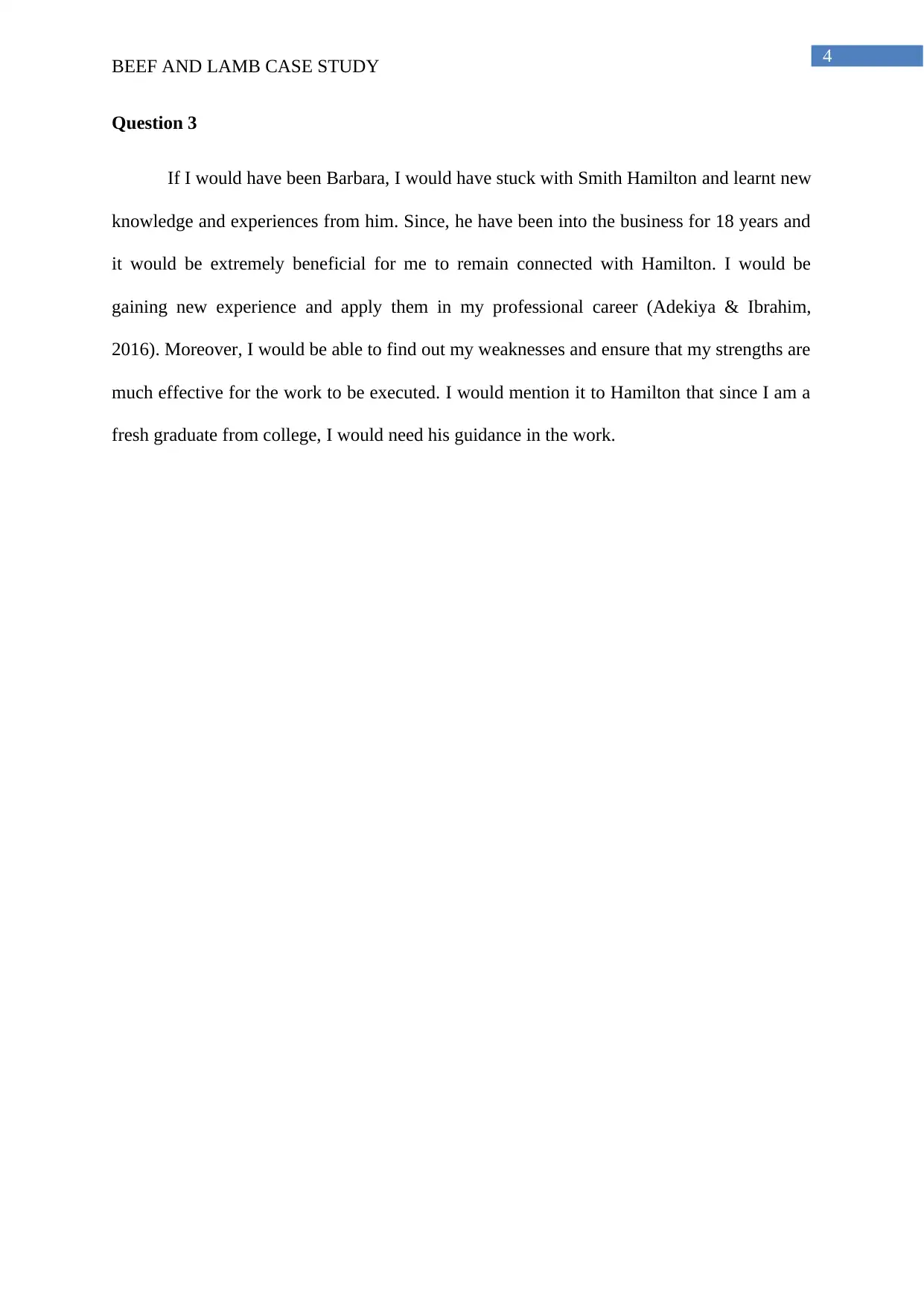
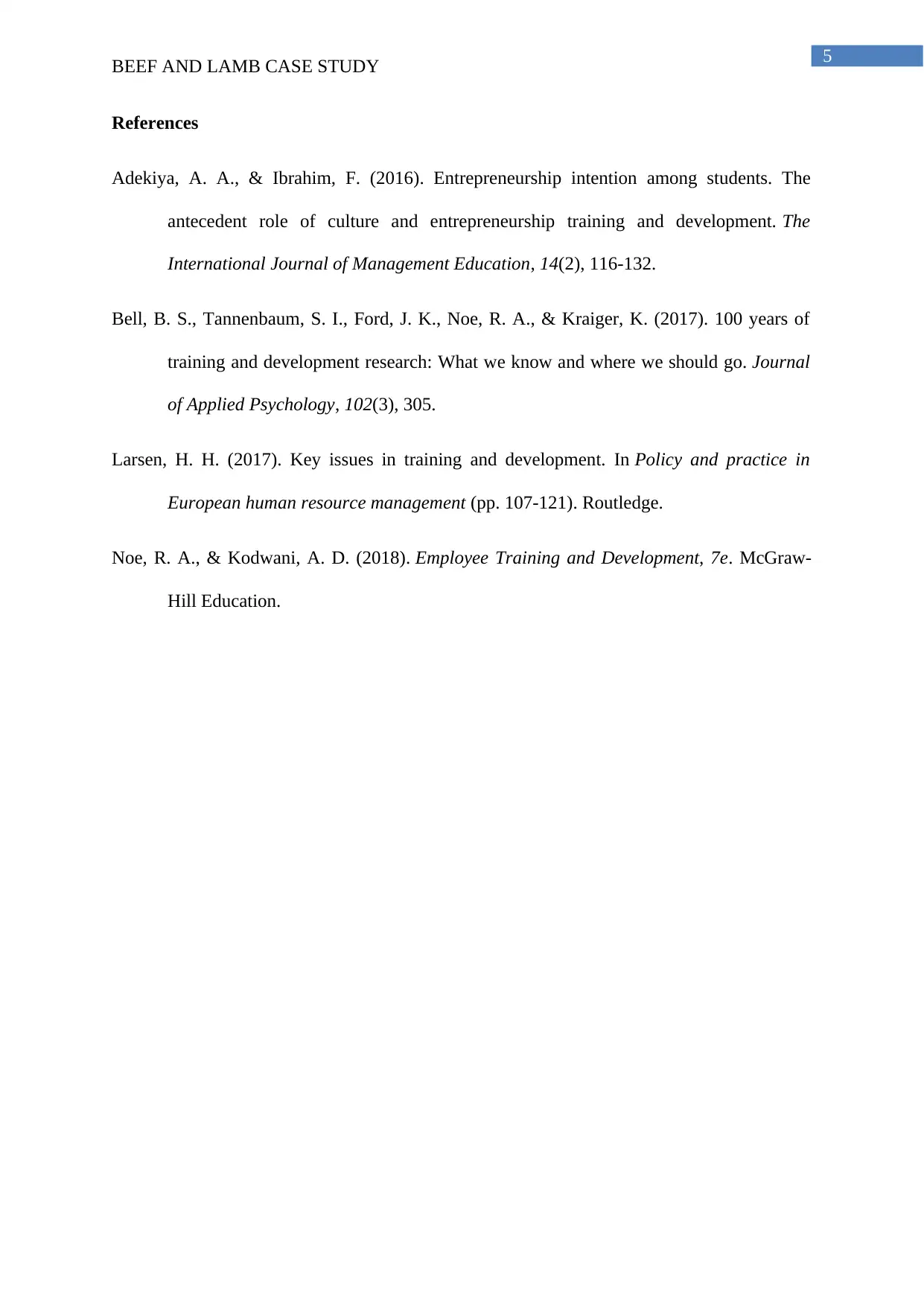
![[object Object]](/_next/static/media/star-bottom.7253800d.svg)